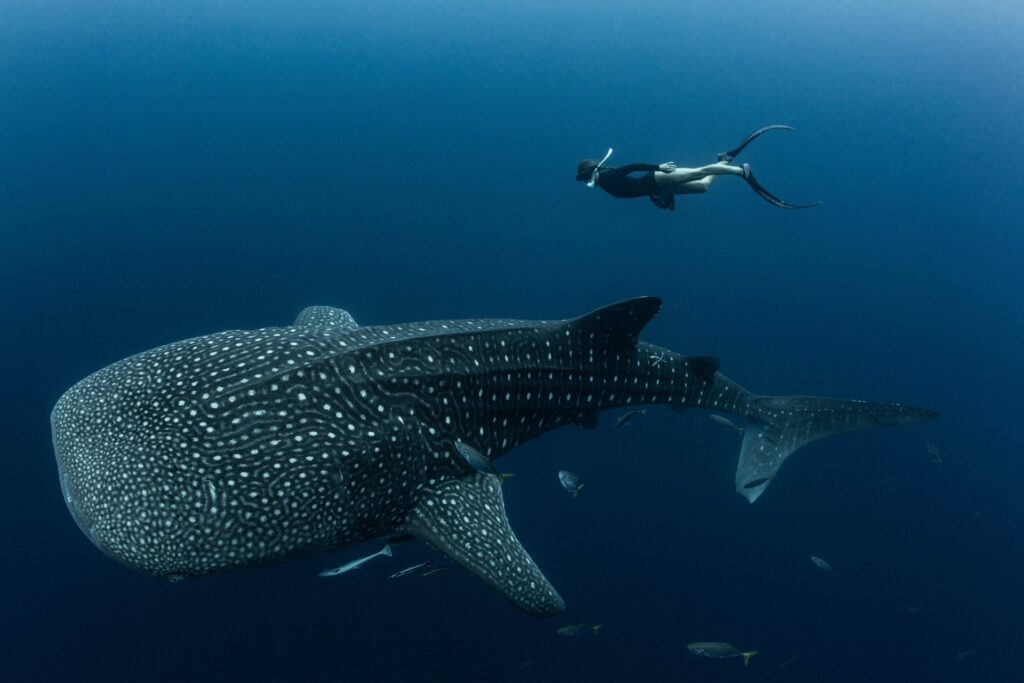
UPDATE: A shocking new study reveals that over 80% of whale sharks in the Bird’s Head Seascape off Indonesia bear scars from human activity. This research, conducted over more than a decade, highlights the urgent need for better protections for these gentle giants, which are classified as endangered.
Marine scientists analyzed 13 years of sightings from 2010 to 2023 and discovered that among the 268 unique whale sharks examined, approximately 200 displayed visible injuries. Of those, 80% were attributed to human causes, primarily from collisions with boats and fishing platforms known as bagans. The situation is dire, as many of these injuries are preventable.
Edy Setyawan, lead conservation scientist at the Elasmobranch Institute Indonesia, stated, “
The high percentage of injured whale sharks shows that even in protected zones, whale shark interactions with fishing gear and tourism still pose risks to them.
” This revelation underscores the dangers these sharks face even in designated Marine Protected Areas.
Despite their size, typically reaching lengths between 30 and 40 feet (9 to 12 meters) and weighing around 18 tons, whale sharks are slow-moving filter feeders that primarily consume plankton. Their populations have significantly declined due to various human threats, including hunting, climate change, and unintentional bycatch.
The Bird’s Head Seascape is renowned for its biodiversity, housing approximately 75% of the world’s coral species. It is a popular marine tourism destination, yet the rising number of tourist activities poses an increasing risk to whale sharks. The researchers argue that by implementing simple yet effective measures—such as stricter regulations for fishing platforms and promoting responsible tourism practices—these injuries can be dramatically reduced.
The study also indicates that while severe injuries, including amputations, were relatively rare at 17.7%, the majority of injuries are still concerning. Researchers found that 80% of the injured sharks had human-inflicted damage, while 58.3% had natural causes.
The findings, published in Frontiers in Marine Science, reveal that most of the whale sharks in this region are young juvenile males, suggesting that the area serves as a crucial nursery habitat. Moving forward, the research team plans to use satellite tags to track annual population trends and migration patterns for these magnificent creatures.
As the tourism industry continues to grow, it is imperative for both local authorities and tour operators to take immediate action. Implementing measures like limiting boat traffic and enforcing slow-speed zones will not only protect whale sharks but also ensure the sustainability of marine tourism in the region.
With the clock ticking for these endangered giants, immediate reforms are essential to safeguard their future. The public and local communities must rally behind these efforts to prevent further harm to whale sharks and promote a healthier ocean ecosystem.
As this story develops, the global community is urged to take part in conservation efforts to preserve these majestic creatures for generations to come. Share this urgent news to spread awareness and support action for whale shark protection.





